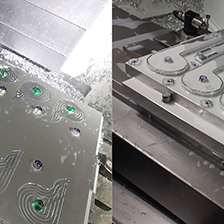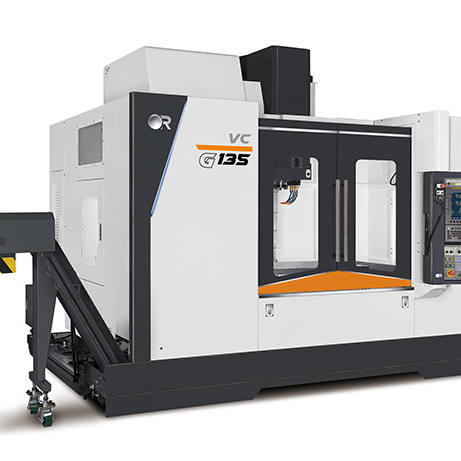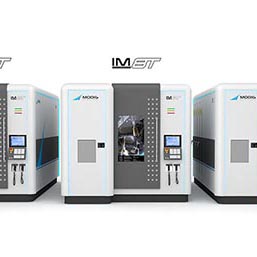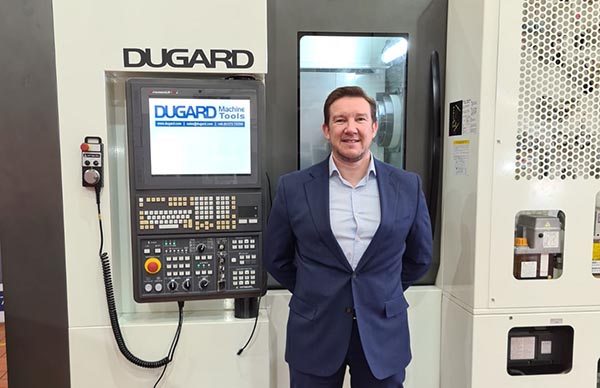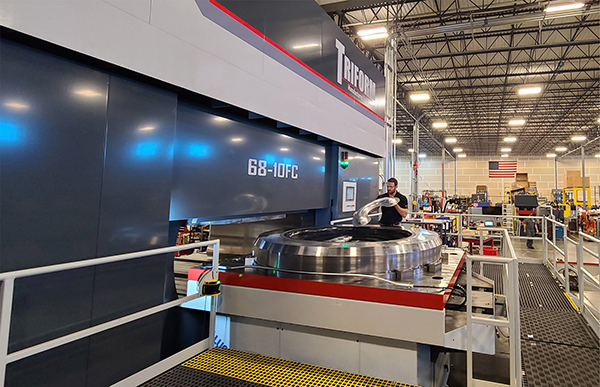
Like many businesses, 2020 posed challenges for HiCi, a designer and manufacturer of hand tools for joiners and carpenters under the Trig Jig brand.
CEO Dan Soanes-Brown says: “Thankfully we’re now seeing the release of pent-up spending within the UK construction industry. Projects that were postponed are coming back and we are seeing that reflected in demand for our tools.”
The result is an expectation of strong growth for existing products, driven in part by an ambitious schedule of one new product launch every month in 2021. The first two of these new products, a carpenter’s square and a T-square, are the first to benefit from production on HiCi’s latest investment, an XYZ 750 LR vertical machining centre.
Equipped with a 12,000 rpm spindle, Siemens 828D control and optimised digital servos, the XYZ 750 LR – with its linear rail construction – met the company’s performance criteria. Like every capital investment, price was also a consideration, and here the XYZ 750 LR also came out favourably.
“Price is obviously important and there were three machines that we were looking at; the XYZ 750 LR was the most competitively priced and I couldn’t see where the extra £10,000 for the other machines was going,” says Soanes-Brown. “Another factor was the ability to actually see the machine in action, with XYZ Machine Tools being the only supplier able to demonstrate a machine of the specification we wanted. For a young company like ours it was important to see what we were spending our money on.”
He concludes: “Once we have the XYZ 750 LR running to 80% capacity we will order a second machine, as we look on it as a long-term brand investment and will go with XYZ again.”
For further information
www.xyzmachinetools.com






